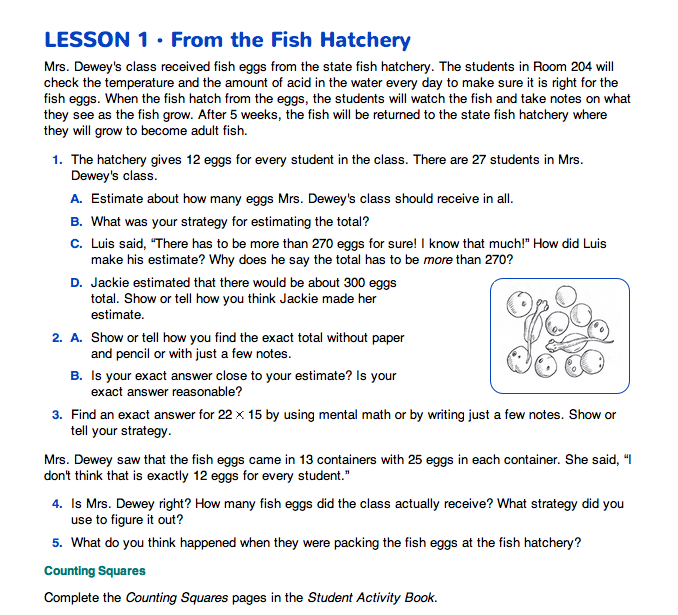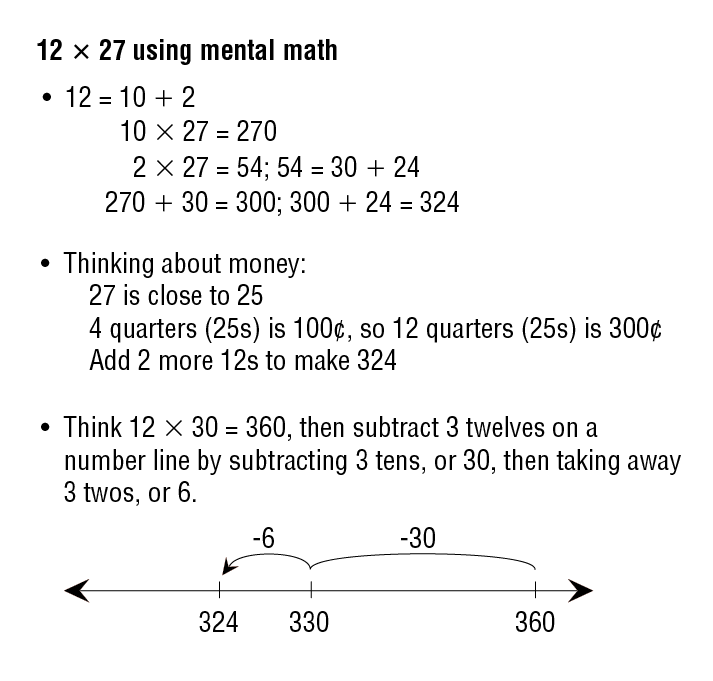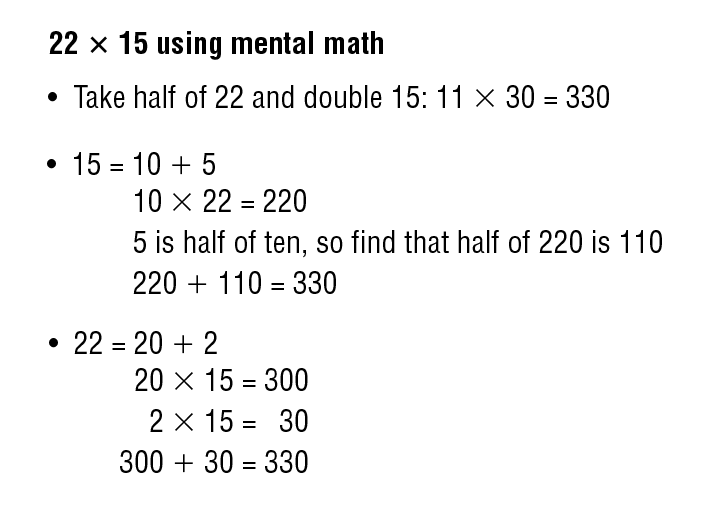From the Fish Hatchery
Est. Class Sessions: 2Developing the Lesson
Part 1: Two-Digit Multiplication with Rectangles
Share Estimation Strategies. Have students read the short vignette at the beginning of the From the Fish Hatchery pages in the Student Guide. Questions 1A–D involve estimation of the total number of eggs received by Mrs. Dewey's class, 12 × 27. List students' estimates on the board and have them explain their strategies for estimation.
Note whether students choose convenient numbers that they can easily multiply mentally. See the Mathematics in this Unit section in the Teacher Guide for a discussion of possible difficulties students may have with estimation.
In Question 1C, a student rounds the 12 in the problem to 10 and multiplies, knowing that it is easier to multiply by 10 than by 12. He then states that the answer has to be more than 270 eggs, the product of 10 × 27. Since he rounded 12 down to 10, Luis knows his estimate is lower than the exact answer. His estimate may not be as close as estimates resulting from other strategies, but sometimes estimating a minimum or maximum can be very useful.
Question 1D provides an estimate by rounding one number up and one number down, to make the problem 10 × 30 = 300 eggs.
Use Mental Math. Ask students to work in pairs to answer Questions 2 and 3. Students must find an exact answer using mental math strategies. Remind students that they should do as much work as possible in their heads. They should not write the problem and only make notes such as the answer to an intermediate step. Challenge them to solve both problems using more than one strategy. See Figures 1 and 2 for several ways to solve each problem without using a paper-and-pencil method.
As students describe their strategies, involve the whole class by asking questions such as:
Discuss Question 2B:
Continue reading the page in the Student Guide about the fish egg containers. The hatchery sent 25 eggs in each of 13 containers. Questions 4 and 5 ask students about a discrepancy that Mrs. Dewey noticed: 13 × 25 does not equal 12 × 27. Let students hypothesize about why they think the fish hatchery might have sent 325 fish eggs instead of the expected 324 (12 for each student).
















